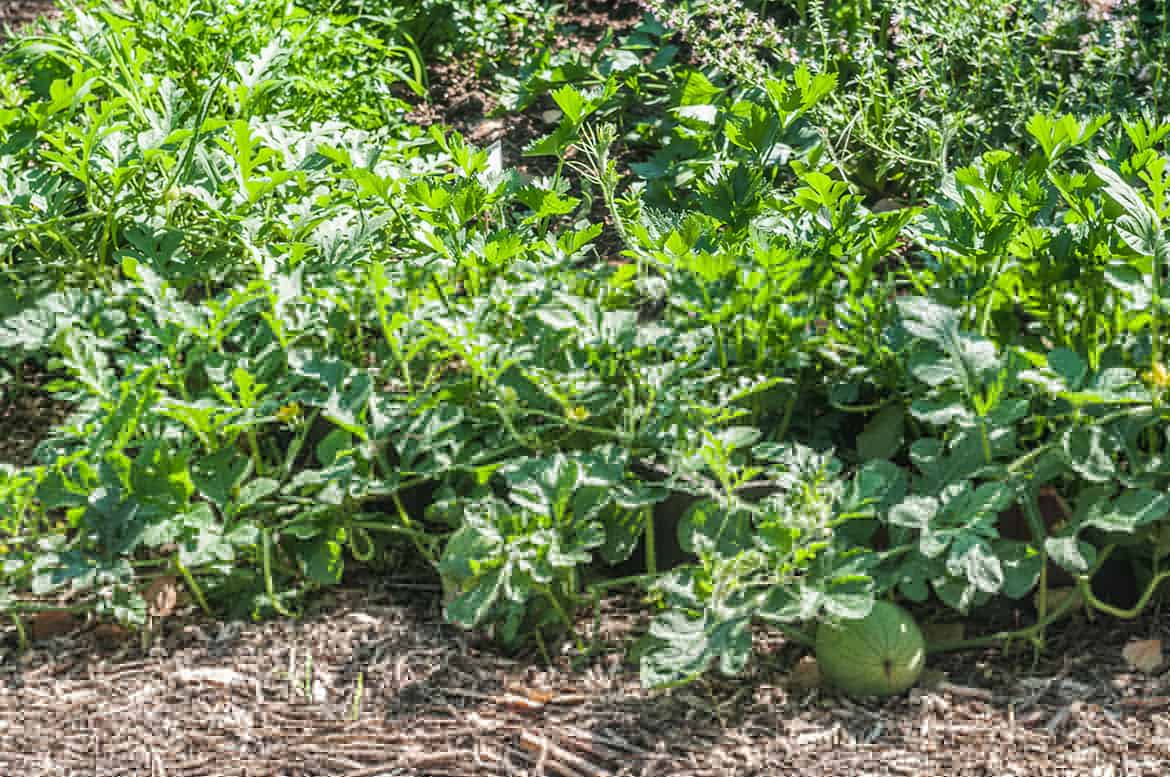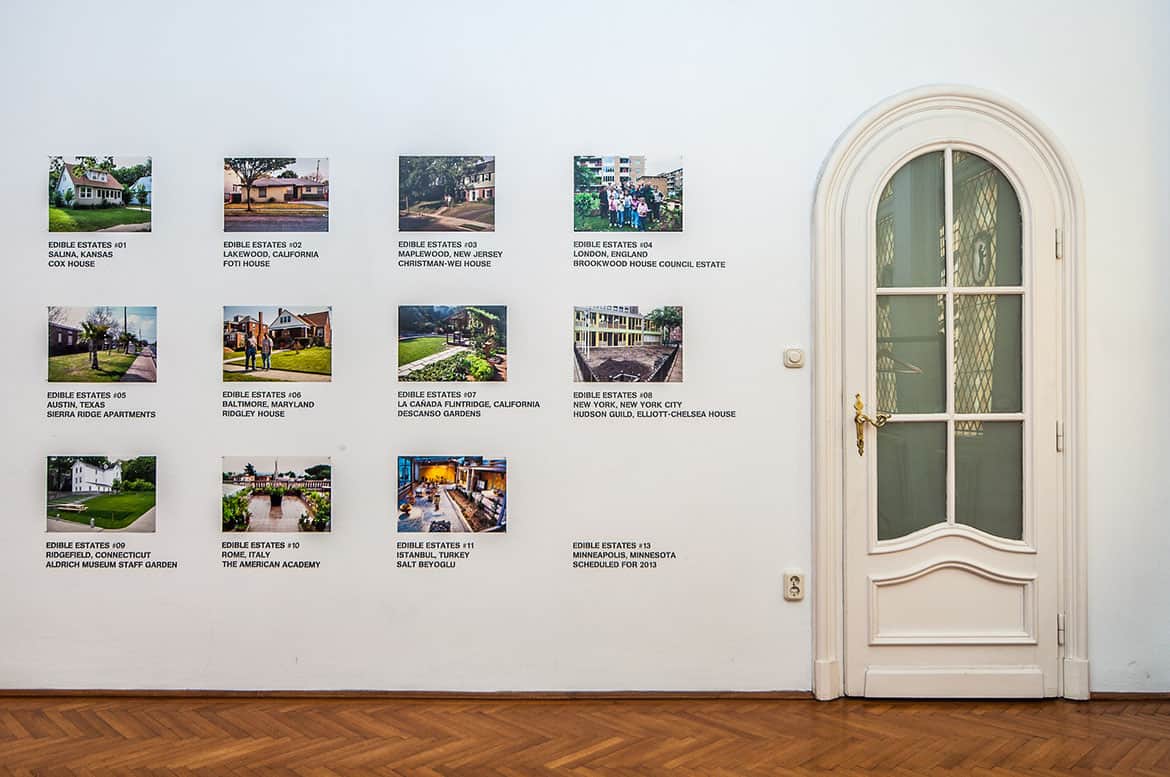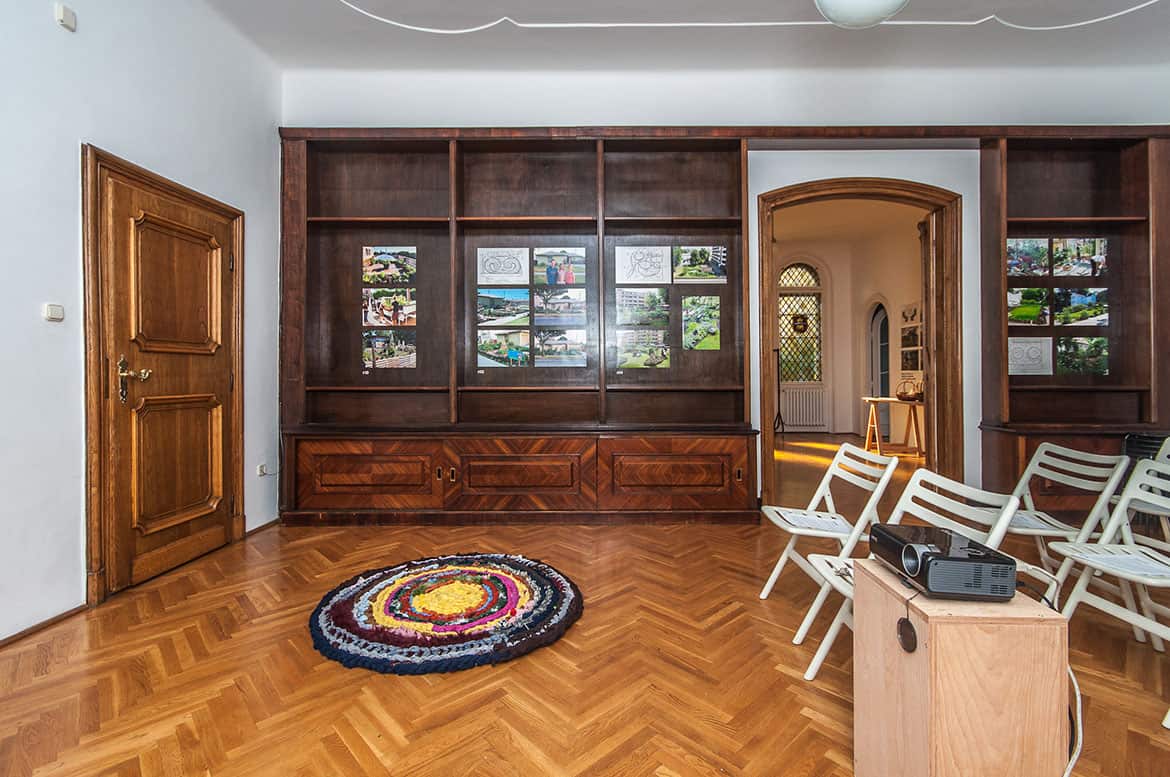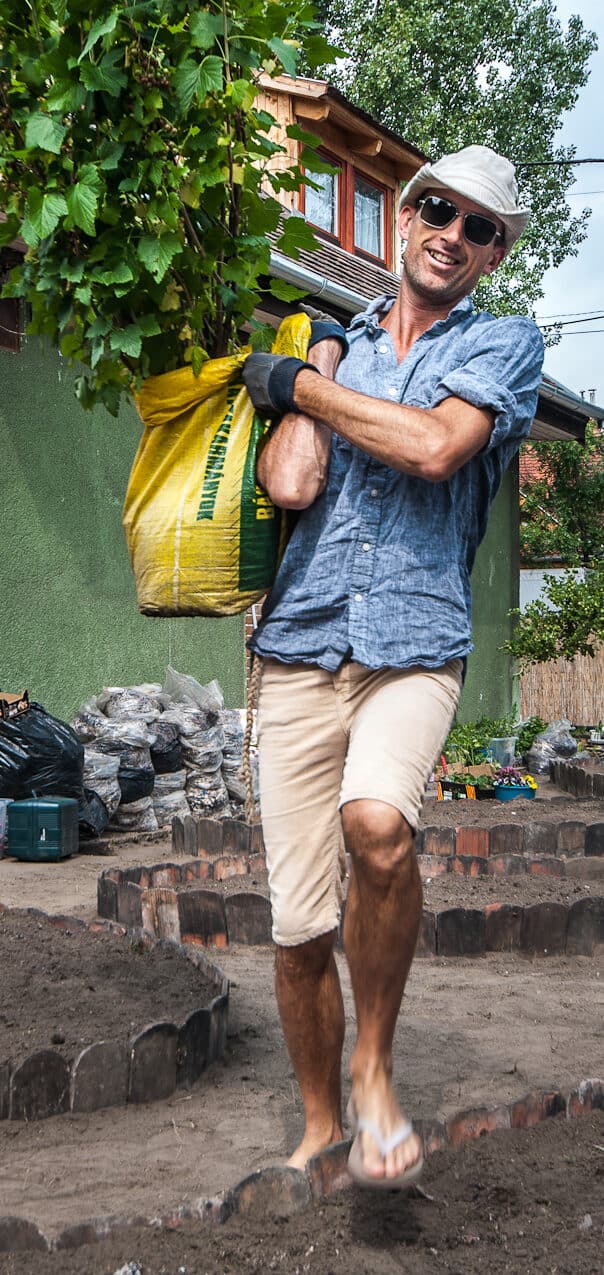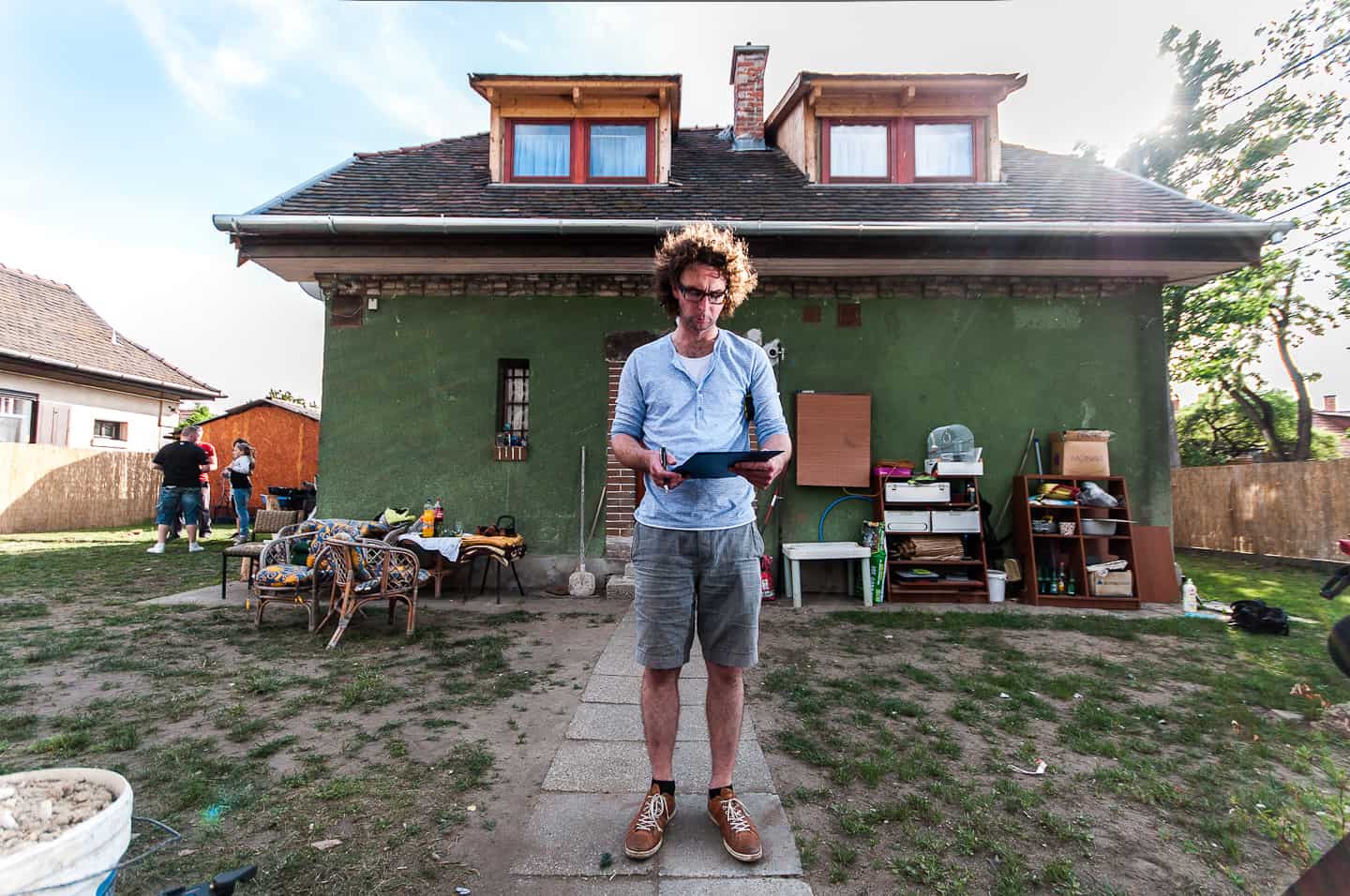Next – Project

Edible Estates #12: Wekerle, Budapest
New artwork by Fritz Haeg
Commissioned and Produced by Blood Mountain Foundation, 2012
Edible Estate Regional Prototype Garden #12: Budapest, Hungary (2012) was a community project including a new garden in Pest and an associated exhibition and public programme at Blood Mountain’s headquarters in Buda. Initiated in 2005 in Kansas, the geographic centre of America, Edible Estates work with selected urban families to create highly visible edible gardens between the private front door and the public street. In contrast to government-initiated allotment projects, Haeg’s gardens are situated on private property, cultivated by home-owners to act as catalysts for future initiatives by the caretakers and the broader community. This artist-led project invited the local arts community to engage with pressing contemporary urban and social issues.
The Budapest Edible Estate was located at Wekerle Estate: a former social housing and innovative garden programme of the early 20th century, which has since become a middle-class suburb of Budapest. The project explored Wekerle’s original mission to support the health, social and economic well-being of its residents. The participating family was selected by an open call, which Blood Mountain presented at the local Sunday market over several weeks, and the planting was facilitated by volunteers.
Edible Estates #12 was developed in association with Wekerle Garden Circle/Wekerle Transition and with support from Green Fortune Hungary, 56Films, MAK Vienna, Artemisia Landscape Design and many volunteers.
It was produced with generous support from the Graham Foundation for Advanced Studies in the Fine Arts.
Project Trailer
Directed by Réka Pigniczky, 2012
Produced by Blood Mountain Foundation and 56Films
HD, colour, 4.27 mins
The Szente-Lenárd Family
The successful candidate of the Wekerle open call was the Szente-Lenard Family and their front lawn became the setting of Edible Estates #12. Here is a brief excerpt from the family’s response to the open call.
“Kriszta and Laca have been a couple for 12 years, their daughter Katus is 10 years-old. They were both born and raised at Wekerle Estate and it is an important for them that their daughter is brought up in the same tight-knit community. They bought the house last year (2011) from the original Wekerle owner, who had lived on the property for over 50 years. Starting with the interior, they began to renovate in line with the strict aesthetic guidelines of Wekerle. Improvements to the exterior were first made last summer with a failed attempt to create a green lawn. This year’s project, driven by Kriszta and Katus’ love of gardening, was to extend their modest kitchen garden – comprising strawberries, tomatoes and peppers – to a broader and bigger selection of produce.” – wrote Kriszta and Laca
The project team met the Szente-Lenards at the start of the planting season in April 2012 at our stand at the Wekerle Community Market. Kriszta was quick to show us the site and pursued our open call with great enthusiasm and care. Their garden was a U-shaped front yard, positioned on a corner block and adjacent to a bus stop. Unlike most Wekerle Estates, it benefits from street exposure and met Haeg’s guiding principles, including: regular sun and light exposure, generous availability of space and by no means the least, an enthusiastic and committed family.
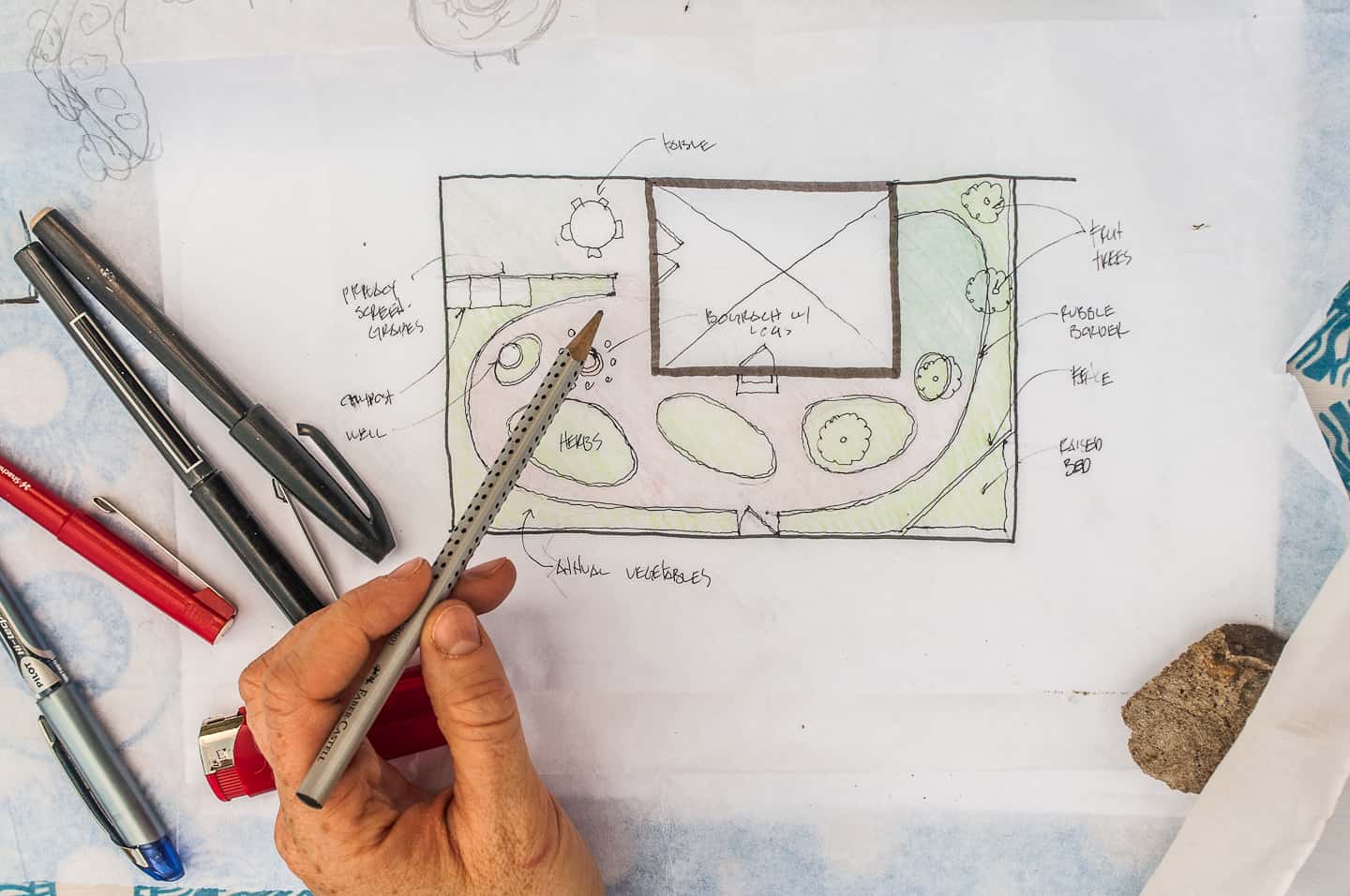
Project Schedule
01 March 2012: Announcement of Open Call
30 April 2012: Application deadline for Wekerle Estate residents
04 May 2012: Final decision
18 May 2012: Consultation with Blood Mountain representatives
31 May 2012: Site visit with Fritz Haeg
02 June 2012: Planting Weekend – site preparation
03 June 2012: Planting Weekend – installation

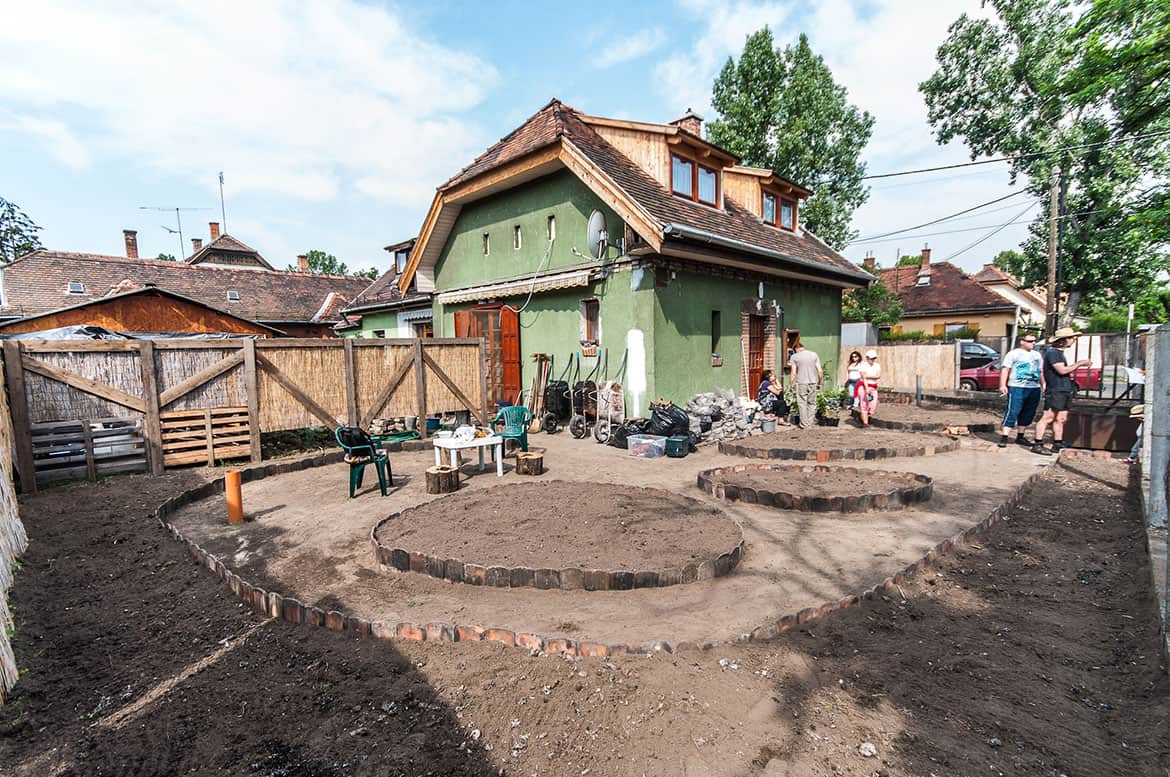

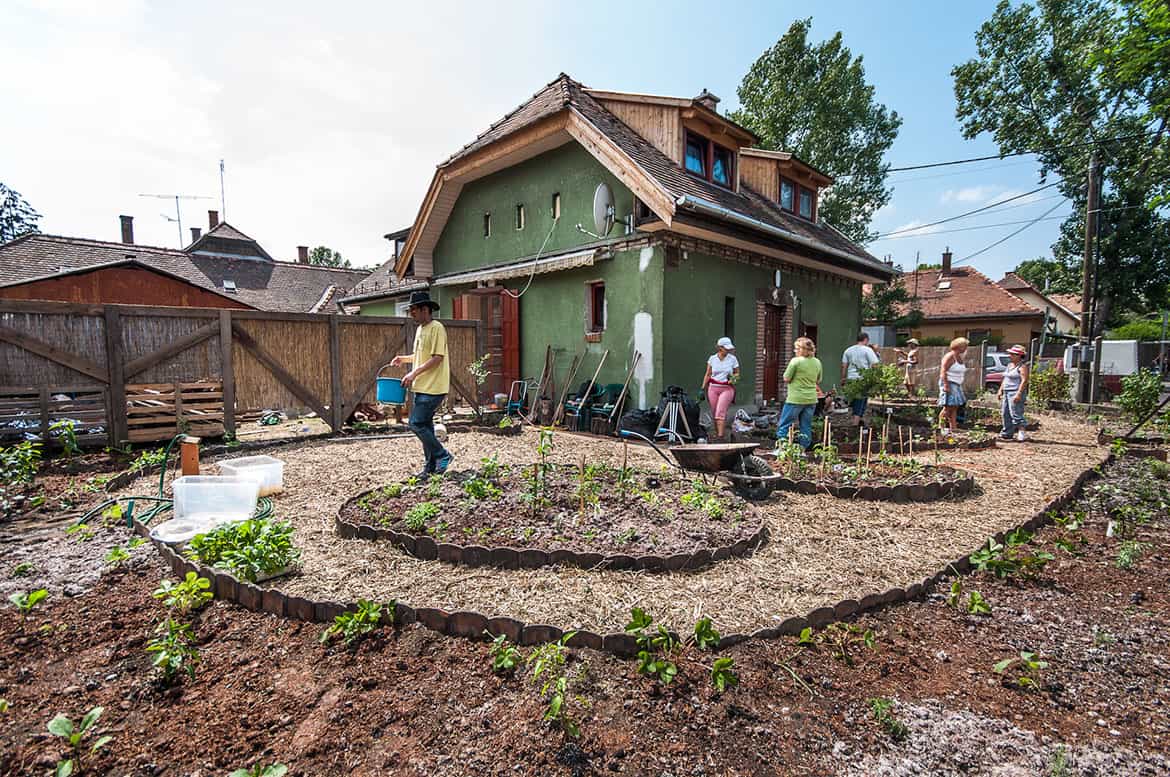
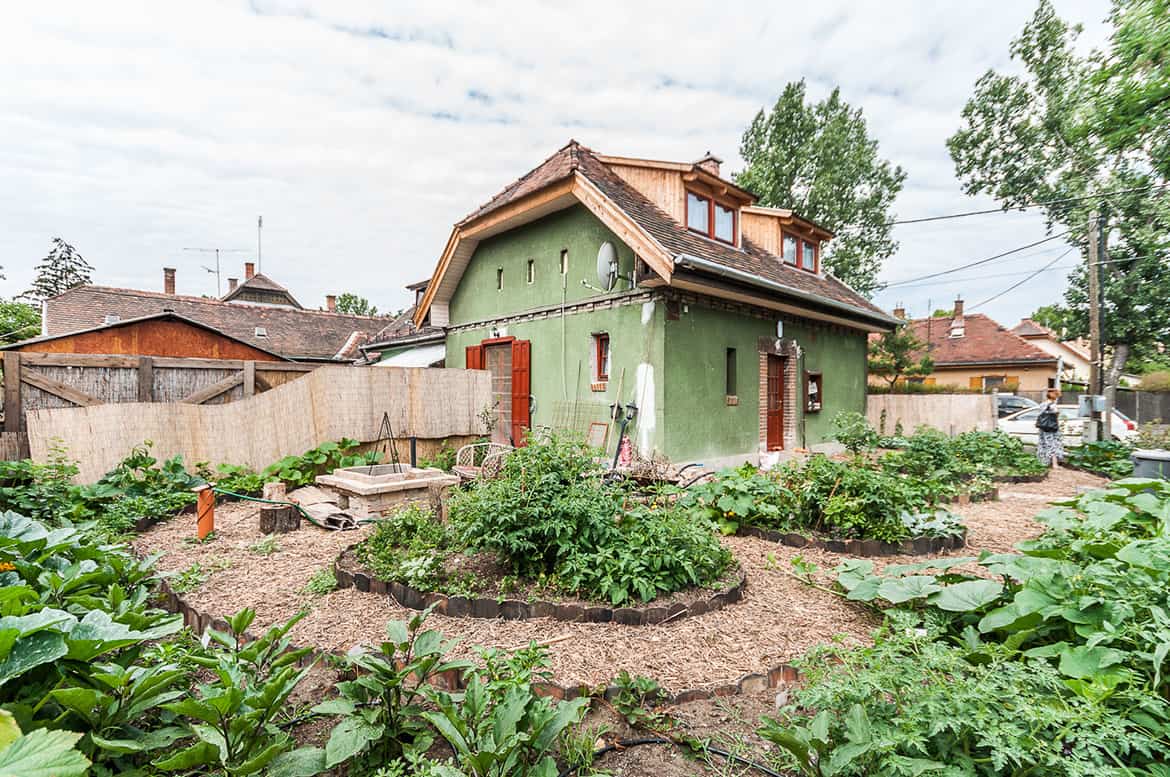
Artist’s Statement
By Fritz Haeg
“Edible Estates is an ongoing initiative to create a series of regional prototype gardens that replace domestic front lawns, and other unused spaces in front of homes, with places for families to grow their own food. The twelve gardens planted thus far have been established in cities across the United States and Europe. Adventurous residents in each town have offered their front yards as working prototypes for their region. Each of these highly productive gardens is very different, designed to respond to the unique characteristics of the site, the needs and desires of the owner, the community and its history, and the local climate and geography. Most of these gardens are commissioned by local art institutions and developed in partnership with horticultural, agricultural, or community gardening organizations. Working together with the owners, neighbors, friends, and local volunteers, each garden is planted in the spring or early summer. The story of its creation and first season of growth is presented with a public exhibition, which includes videos, weekly garden portraits by a local photographer, a series of workshops on growing food, and printed brochures featuring local planting calendars and gardening resources.
These simple, low-cost gardens and their stories are meant to inspire others, demonstrating what is possible for anyone with the will to grow food on some unused land between the house and the street. Unlike the unattainable images of perfection seen in design and gardening magazines, anyone should be able to look at these gardens and imagine doing something similar at home. These are real-life gardens, tended by typical families in a variety of common living situations, from homes in the outer suburbs to inner-city apartments. With the modest gesture of reconsidering the use of our small plots of land, the Edible Estates project invites us to reconsider our relationships with our neighbors, the sources of our food, and our connections to the natural environment immediately outside our front doors.
Edible Estates was initiated on Independence Day 2005 with the planting of the first in the series of gardens in Salina, Kansas, the geographic center of the United States. Other regional prototype gardens have since been planted in six other cities in the U.S. plus European editions in London, Rome, Istanbul, and most recently in Budapest, commissioned by Blood Mountain Foundation. Upon first visiting the city in 2011, I was immediately dawn to the unique neighborhood of Wekerle in Pest. It was constructed between 1908-1950 to welcome rural farmers seeking work in the city. Inspired by Ebenezer Howard’s Garden City, a variety of housing types were given access to visible outdoor spaces where residents could cultivate the land according to their local traditions and grow food in the middle of the city to feed their family and neighbors. Today the neighborhood feels like an old dream, a hybrid of rural and urban village, where the open spaces designed for urban farming have been neglected and remain untended. Unlike the utopian dream of starting over, Edible Estates looks at how to use what we already have, but in a more thoughtful, productive, and even playful way. This line of inquiry becomes even more significant by taking on this highly charged and significant utopian planned community, here today it is technically illegal to plant a visible kitchen garden. We conducted an open call in the community and found a local family for whom we designed and planted an edible garden. One plot for one family is evidence of the original vision for the neighborhood, while suggesting alternate possibilities for the rest of the city today.”
The Making of Edible Estates #12
Regional Prototype in Wekerle, Budapest
Realised 3-4 June 2012 at the Szente-Lenard Family Residence
Commissioned and produced by Blood Mountain Foundation
With support from the Graham Foundation
Camera: Gergõ Kiss, 56 Films
Camera and Edit: Réka Pigniczky, 56 Films
Photography: András Káré
Length: 14 minutes
Front Yard to Table: The Story of Growing Food at Wekerle Estate
By Kristin Faurest
Wekerle Estate, situated in the 19th district of greater Budapest known as ‘Kispest’ (‘Little Pest’), pioneered sustainable development, food security and spatial justice decades before such expressions even existed. It is easy to see why the residents of the century-old estate are so proud: it is beautiful, human-scaled, comfortable, pedestrian-friendly and green with public and private open space in equally-generous measure. It is also connected to the city by public transportation, but sheltered from it by thousands of trees planted on small slow streets where cars seem like alien intruders. It is near some of the city’s bleakest neighborhoods, yet it is idyllic with its verdant yards and well-maintained houses and public buildings. Wekerle Estate is the embodiment of a livable city neighborhood with a perfect balance between unity and variety.
Wekerle Estate is the outcome of a socially-progressive effort to improve the quality of life for Budapest’s growing working classes in the late 1800s. The original residents of Wekerle came from all parts of the country and from a mix of religions and ethnic backgrounds. Row houses and small blocks of flats, as well as other types of dwelling structures, were built for more than 20,000 people between 1909 and 1926, addressing an enormous housing crisis of the time that had forced many workers to rent at exploitative prices in crowded, unhealthy slums. The situation occurred during the last quarter of the 19th century, when Budapest’s population more than doubled as a consequence of the Austro-Hungarian Empire’s burgeoning life. Industry was growing exponentially and the countryside was stagnating, which meant large numbers of rural immigrants in need of affordable housing came to the city. Construction couldn’t keep pace with the expanding population, especially as prices of materials and salaries were rapidly increasing and inflation was high.
A cheap, well-serviced housing estate based on the English garden city model was the solution to the crisis, intiated by Prime Minister and Finance Minister Sándor Wekerle and Budapest mayor István Bárczy. Garden cities – originating from the planning ideas of Ebenezer Howard in England, which pioneered semi-rural urban design and architecture – provided a gentle transition to city life for rural populations. Ultimately more than 40 types of building were used in Wekerle, instead of the planned 16. The estate management had its own nursery department, which helped residents in greening their own gardens as well as the estate’s common areas. A total of 50,000 trees were planted in the common areas and 16,000 fruit trees in the homes‘ private gardens. The sandy soil was particularly favorable to fruit trees and residents received four trees per flat, as well as currant bushes; fertilisation and pest control were taken care of at a discounted price by the estate’s horticultural staff. Maintenance fees were included in the rental fee so nobody had to pay extra for using the gardens. According to one report, in 1917 the harvest was so great that on the average it brought in four times the families‘ annual rent. The small-scale domestic gardens offered the opportunity for growing one’s own produce, which naturally came with its own economic and environmental advantages and served residents well during the two world wars, when starvation was rampant in the rest of Budapest.
As Wekerle’s population became increasingly middle-class during the latter half of the 20th century, individual food production began to decline, with garden areas being taken over by patio furniture, small structures, play equipment, ornamental plants, shrubs or simply nothing at all. Nonetheless the community spirit still thrives with several community groups (e.g. Transition Wekerle and Wekerle Garden Circle) organising popular projects to promote gardening, energy-efficiency measures, composting, recycling and other worthy causes, and there is a daily farmers‘ market. Not surprisingly, in line with local and international urban developments, urban gardening is also becoming increasingly popular. Other recent developments to the estate have not always stayed faithful to its original spirit or necessarily served it sell. The Hungarian Chamber of Architects, in a declaration issued on the estate’s centennial in 2008, called for stronger preservation of the architecture and spirit of the place. Since early 2012 the entire site has become a protected heritage site. This is in fact pyrrhic victory of sorts, because it entails restrictions on any significant changes to the exterior of the properties – in essence, a new garden design could technically be considered a violation of the protection order.
Kristin Faurest is a Budapest-based landscape designer and university instructor whose work focuses on sustainable communities, social justice and an interdisciplinary approach to spatial planning. www.artemisiadesign.com
Exhibition
On view: 06 June to 01 July 2012
Opening: Tuesday 05 June 2012
Artist’s talk on Domestic Integrity Fields: Tuesday 05 June 2012
During the residency, Blood Mountain presented an exhibition of the 11 existing Edible Estates gardens and became the setting for an ongoing Domestic Integrity Fields workshop.
Edible Estates Project Series
01: Salina, Kansas, USA – commissioned by Salina Art Center, 2005
02: Lakewood, California, USA – exhibited at Machine Project and Millard Sheets, 2006
03: Maplewood, New Jersey, USA – sponsored by Garden Supply, 2007
04: London, UK – commissioned by Tate Modern, 2007
05: Austin, Texas, USA – commissioned by Arthouse, 2008
06: Baltimore, Maryland, USA – commissioned by Contemporary Museum, 2008
07: Descano, California, USA – located at Descanso Gardens, Flintridge, 2008
08: New York City, USA -commissioned by NY Restoration Project & Friends of the Highline, 2009
09: Ridgefield, Connecticut, USA – commissioned by Aldrich Contemporary Art Museum, 2009
10: Rome, Italy – commissioned by American Academy in Rome, installed at Centro Sociale Ex-SNIA, 2010
11: Istanbul, Turkey – commissioned by SALT Beyoglu, 2011
12: Budapest, Hungary – commissioned by Blood Mountain Foundation, 2012
13: Holon, Tel Aviv, Israel – commissioned by the Israeli Center for Digital Arts, 2013
14: Aarhus, Denmark – commissioned by the Aarhus School of Architecture, 2013
15: Twin Cities, Minnesota – commissioned by the Walker Arts Center, 2013
For more information: www.edibleestates.org
